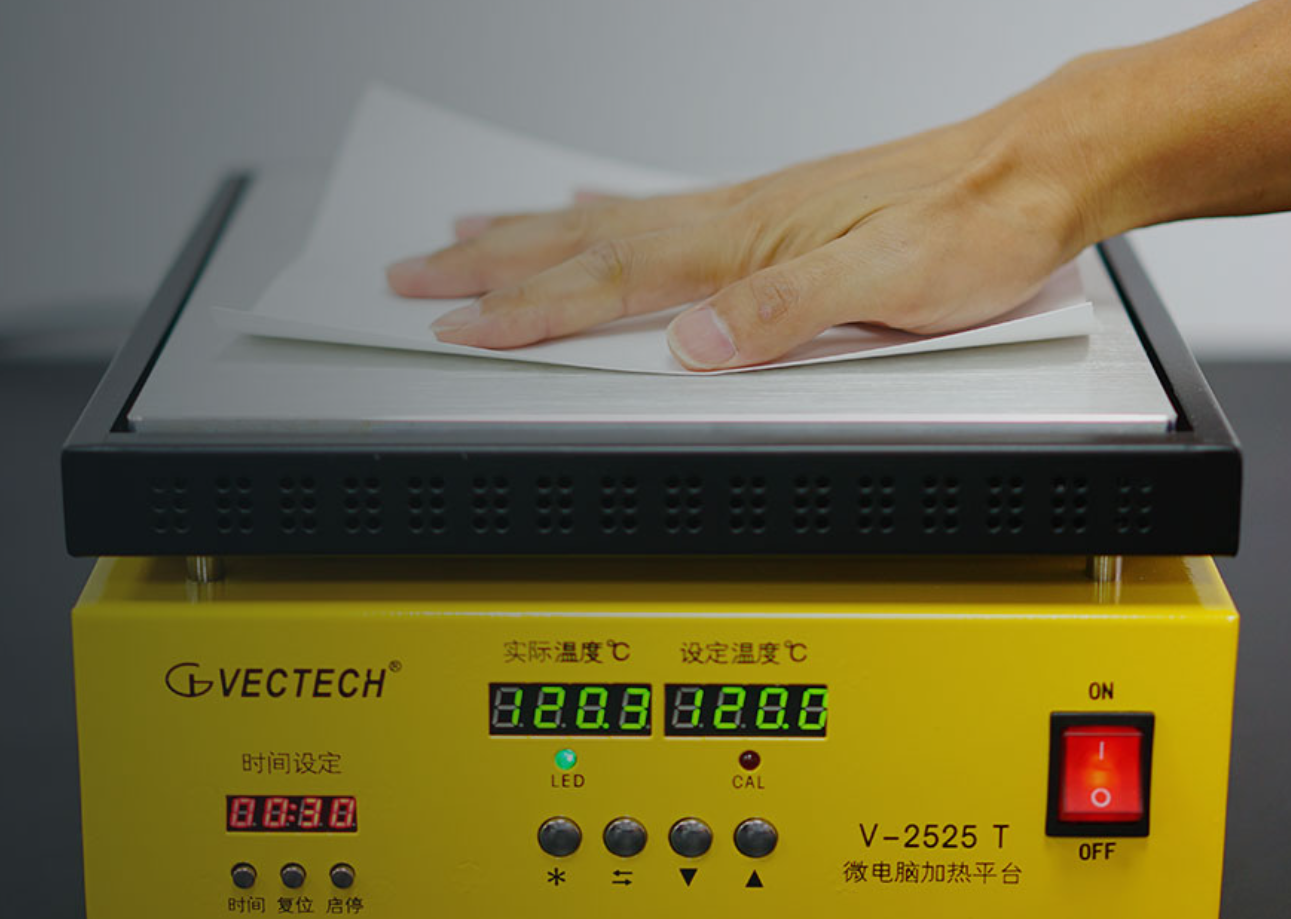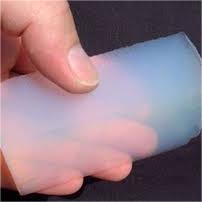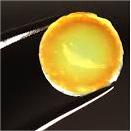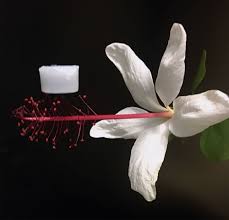Professional industry ceramic supplier, silicon nitride, silicon carbide, aluminum nitride and any other kinds of ceramics.
1. Introduction
Just 36 hours ago, NASA’s Jet Propulsion Laboratory quietly confirmed it had successfully cast a new generation of nickel-based superalloys for deep-space propulsion systems—using none other than a custom-engineered silicon carbide crucible. While headlines buzzed about Mars rovers and lunar landers, materials scientists were celebrating a quieter but equally critical breakthrough: the reliable, repeatable melting of reactive alloys at over 1,700°C without contamination. Forget baking casseroles—this is where silicon carbide crucibles truly shine.

And no, your ‘silicon carbide ceramic casserole dish’ from that artisanal pottery pop-up isn’t going to help you forge jet turbine blades (though it might impress your dinner guests). The real magic happens in high-stakes industrial settings where purity, precision, and performance are non-negotiable.
2. Why Silicon Carbide Crucibles Rule the Foundry Floor
When you’re melting metals that laugh at lava temperatures, your container better not flinch. Enter the silicon carbide crucible—a heavyweight champion in the arena of advanced ceramics. Made from sintered or reaction-bonded silicon carbide (often abbreviated as RBSC or RBSiC), these crucibles boast thermal conductivity rivaling some metals, near-zero thermal expansion, and resistance to molten metal corrosion that would dissolve lesser ceramics like sugar in tea.
Unlike alumina (Al2O3) or zirconia crucibles—which can react with certain alloys or crack under rapid thermal cycling—silicon carbide maintains structural integrity even during repeated heating and cooling cycles. This makes it ideal for refining aerospace-grade superalloys containing titanium, aluminum, or rare earth elements that aggressively attack conventional refractories.
2.1. Silicon Carbide vs. The Competition
Let’s settle this once and for all: boron carbide vs silicon carbide? Boron carbide (B4C) is harder—great for armor—but it’s expensive, brittle, and prone to oxidation above 500°C. Not exactly crucible material. Meanwhile, silicon nitride (Si3N4), though excellent for insulating rings and custom heat shields, lacks the thermal shock resistance needed for direct contact with molten metal. A ‘silicon nitride crucible factory’ might exist, but you won’t find those crucibles in a foundry handling reactive melts.

Silicon carbide, by contrast, thrives where others fail. Its covalent bonding structure gives it exceptional strength up to 1,600°C in inert atmospheres—and with protective coatings, it can push even higher. That’s why industries from semiconductor crystal growth to nuclear fuel processing rely on silicon carbide crucibles, tubes, and furnace linings.
2.2. Beyond the Crucible: Supporting Cast of Silicon Carbide Components
The ecosystem around high-temperature processing doesn’t stop at the crucible. Think silicon carbide ceramic columns holding up furnace shelves, silicon carbide burner nozzles delivering precise flame control, and silicon carbide thermocouple protection tubes ensuring accurate temperature readings. Even silicon carbide brick and RBSiC silicon carbide tile blocks line the walls of induction furnaces, creating a fortress of thermal stability.
Meanwhile, components like silicon carbide discs, grinding discs, and ceramic piping handle ancillary but critical roles—from filtering molten streams to sealing high-pressure gas lines. Every piece is engineered for extreme conditions, far removed from the realm of ‘silicon carbide ceramic dinner plates’ or ‘butter dishes,’ no matter how Instagrammable they may be.
3. The Kitchenware Confusion: A Humorous Detour

Let’s address the elephant in the room—or rather, the casserole dish on your countertop. Search ‘silicon carbide ceramic baking dish’ online, and you’ll find dozens of listings for black, glossy cookware claiming ‘advanced ceramic technology.’ Here’s the truth: unless your oven hits 1,800°C and your recipe calls for molten titanium, you’re not using actual silicon carbide.
Real silicon carbide is dark gray to black, extremely hard (9.5 on the Mohs scale), and not something you’d want clattering around your dishwasher. Those ‘silicon carbide ceramic salad bowls’? Almost certainly just marketing jargon slapped onto standard stoneware. Same goes for ‘silicon carbide white ceramic plates’—pure oxymoron. Genuine silicon carbide doesn’t come in ‘blue white porcelain’ or ‘Christmas platter’ editions.
So while it’s fun to imagine serving pie in a vessel capable of containing liquid uranium, your ‘silicon carbide ceramic pie dish’ is likely just very durable pottery. Save the real SiC for the lab, not the lasagna.
4. Future Outlook: Where Silicon Carbide Crucibles Are Headed
With the aerospace and clean energy sectors demanding ever-purer, more complex alloys—think hydrogen-compatible turbines or next-gen nuclear reactors—the role of the silicon carbide crucible is only expanding. Innovations in additive manufacturing of SiC components and hybrid composites (like SiC-ZrO2 or SiC-mullite tubes) promise even greater performance under extreme redox conditions.
Moreover, as the high purity silicon nitride powder market grows, so too does cross-pollination between advanced ceramic families. But for now, when it comes to melting the metals that power our future, nothing beats the rugged reliability of a well-made silicon carbide crucible.
5. Conclusion
From NASA labs to specialty foundries, the silicon carbide crucible remains an unsung hero of modern materials science. It’s not about dinnerware—it’s about enabling technologies that push the boundaries of what’s possible in extreme environments. So next time you hear ‘silicon carbide,’ think less ‘baking pan,’ and more ‘backbone of aerospace innovation.’
Our Website founded on October 17, 2012, is a high-tech enterprise committed to the research and development, production, processing, sales and technical services of ceramic relative materials such as Unlock. Our products includes but not limited to Boron Carbide Ceramic Products, Boron Nitride Ceramic Products, Silicon Carbide Ceramic Products, Silicon Nitride Ceramic Products, Zirconium Dioxide Ceramic Products, etc. If you are interested, please feel free to contact us.





